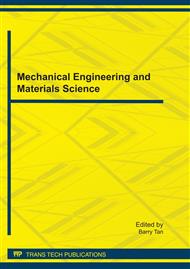p.244
p.251
p.257
p.262
p.269
p.274
p.282
p.289
p.294
Study on Purification of Eutrophic Lake Using Biological Agents
Abstract:
Biological nutrient removal process is generally considered as the most efficient and cost-effective solution to deal with the pollution of natural water. In this paper, Contrastive experiments have been carried out to determine the feasibility of biological treatment of eutrophic lake water from Yingze lake of Anshan. The qualified native bacterium were selected, separated and enriched from the water and bottom sediment of eutrophic lake. The strains used in the experiments included native microbial strains and commercial strains. Contrastive experiments showed the microbial strains can effectively decrease COD, turbidity, ammonia nitrogen, total nitrogen and total phosphorus and inhibit algae growth. The native microbial strains can rapidly adapt to lake water environment and perform their normal functions in a relatively shorter time compared with commercial strains. The removal of total phosphorus from lake water by native microbial strains was inferior to that of commercial strains, but native microbial strains in combination with commercial strains can greatly improve the removal of total phosphorus.
Info:
Periodical:
Pages:
269-273
Citation:
Online since:
October 2011
Authors:
Keywords:
Price:
Сopyright:
© 2012 Trans Tech Publications Ltd. All Rights Reserved
Share:
Citation:


